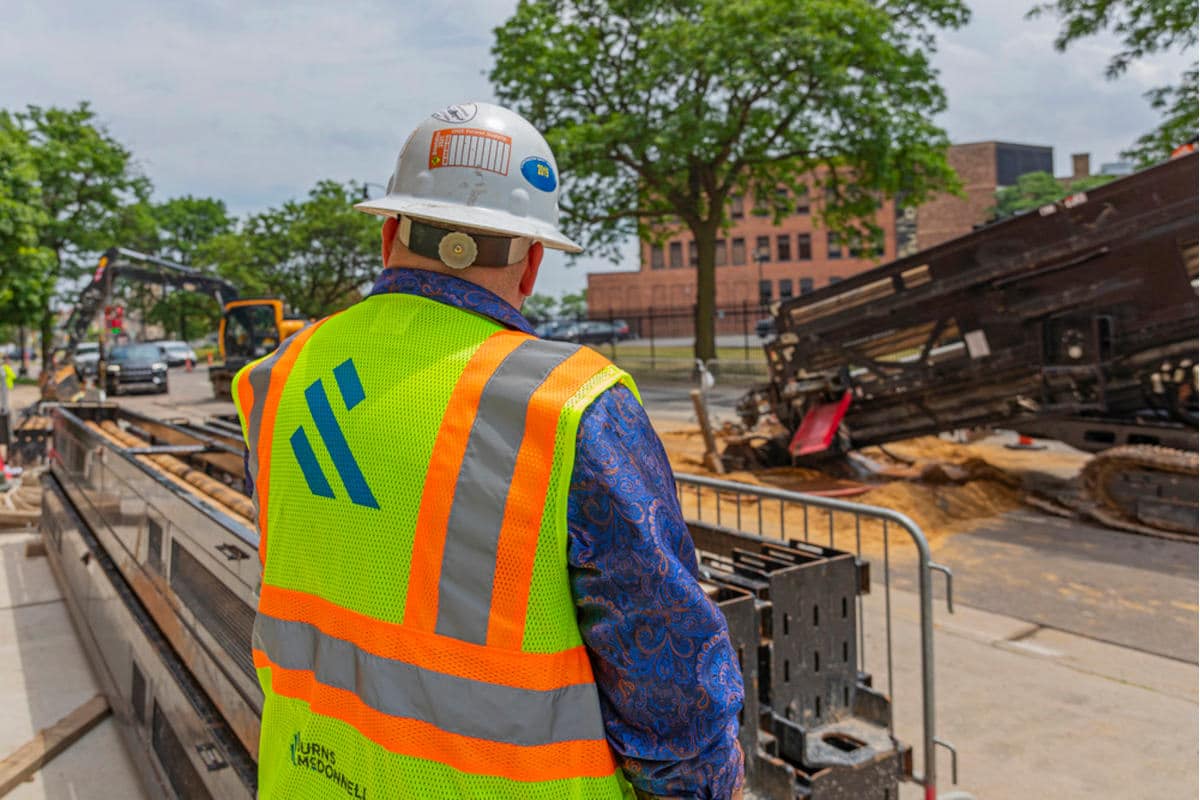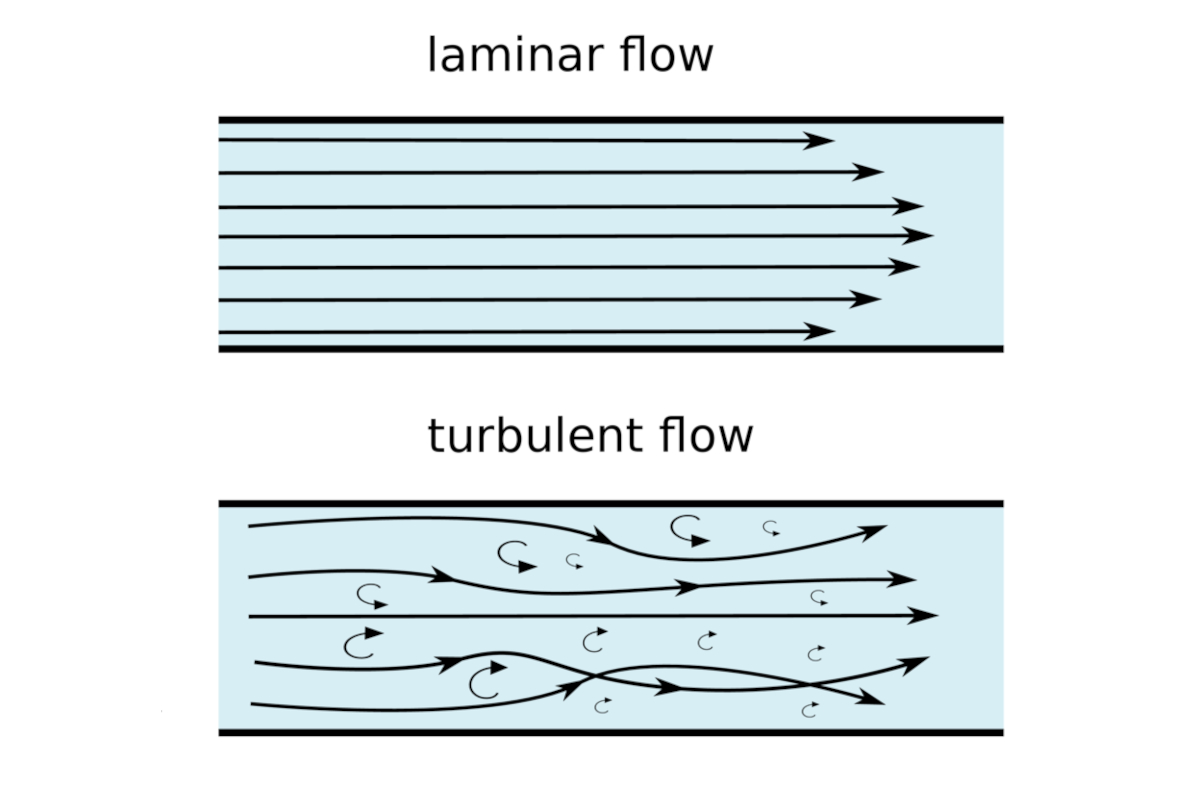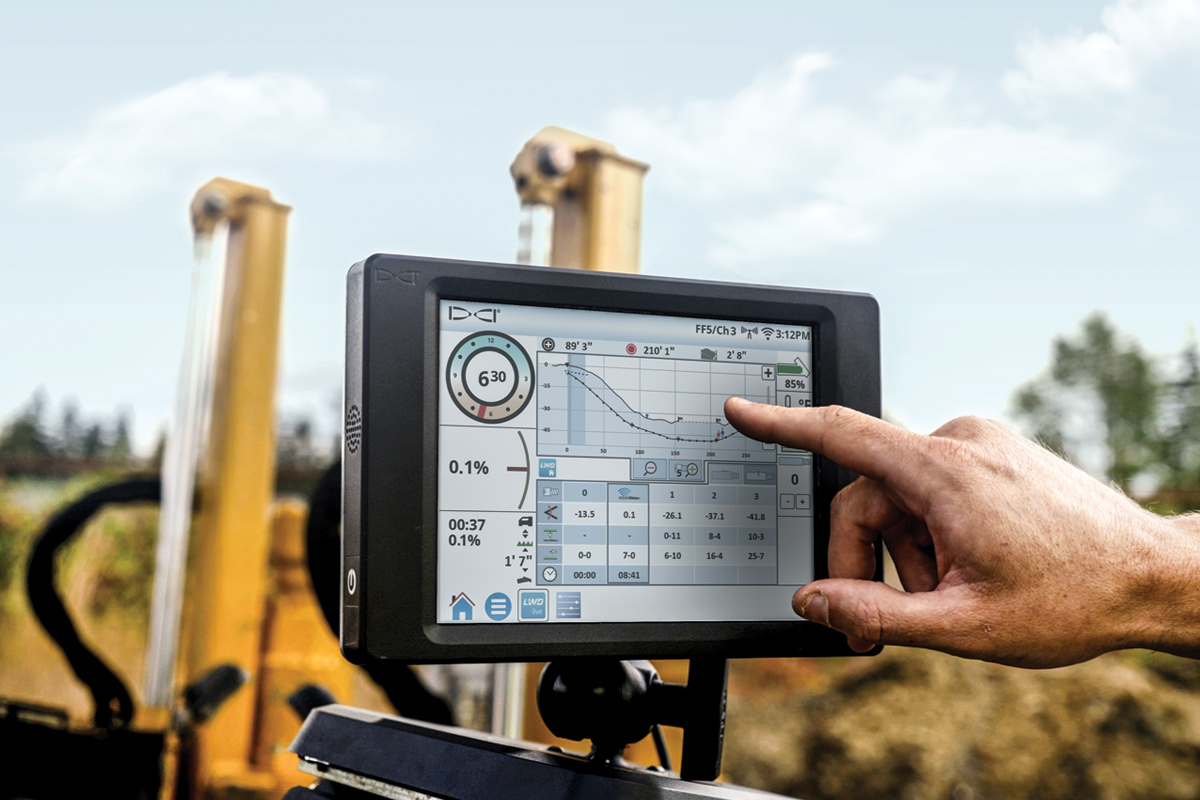
Key Considerations When Designing an HDD for Electrical Systems
Undergrounding the electrical distribution and transmission system has gained popularity in recent years. Reasoning for implementing these strategic undergrounding programs include positive aesthetic impact, system hardness, reliability and wildfire hazards risk mitigation.
Horizontal directional drilling (HDD) is a popular choice for taking these systems underground. This is especially true in areas of heavy underground utility congestion and where existing lines run over environmentally sensitive areas.
While the fundamentals of HDD don’t change, there are some differences that need to be considered.
Engineering Analysis Remains the Same
The engineering analysis for HDD remains the same for electrical cable systems as it does for other types of installations. The feasibility or detailed engineering design process depends on the geotechnical conditions at the project location. It also depends on the specific product pipe to be installed at the crossing location.
When designing an HDD project for electrical cable systems, it is important to assess the compatibility of the product pipe with the final product (i.e., oil and gas or electrical cables) inside the casing or conduit. This is necessary to confirm that the product pipe is suitable for the intended use. Moreover, it ensures the pipe can withstand the anticipated loads and stresses. For example, a cable system that utilizes HDPE pipes needs careful consideration. It is important to account for the design depth of the crossing due to the possibility of increased earth pressure, which may cause radial deformation (ovalization).
Read more in the 2025 Horizontal Directional Drilling Guide. Click here to view the issue.




